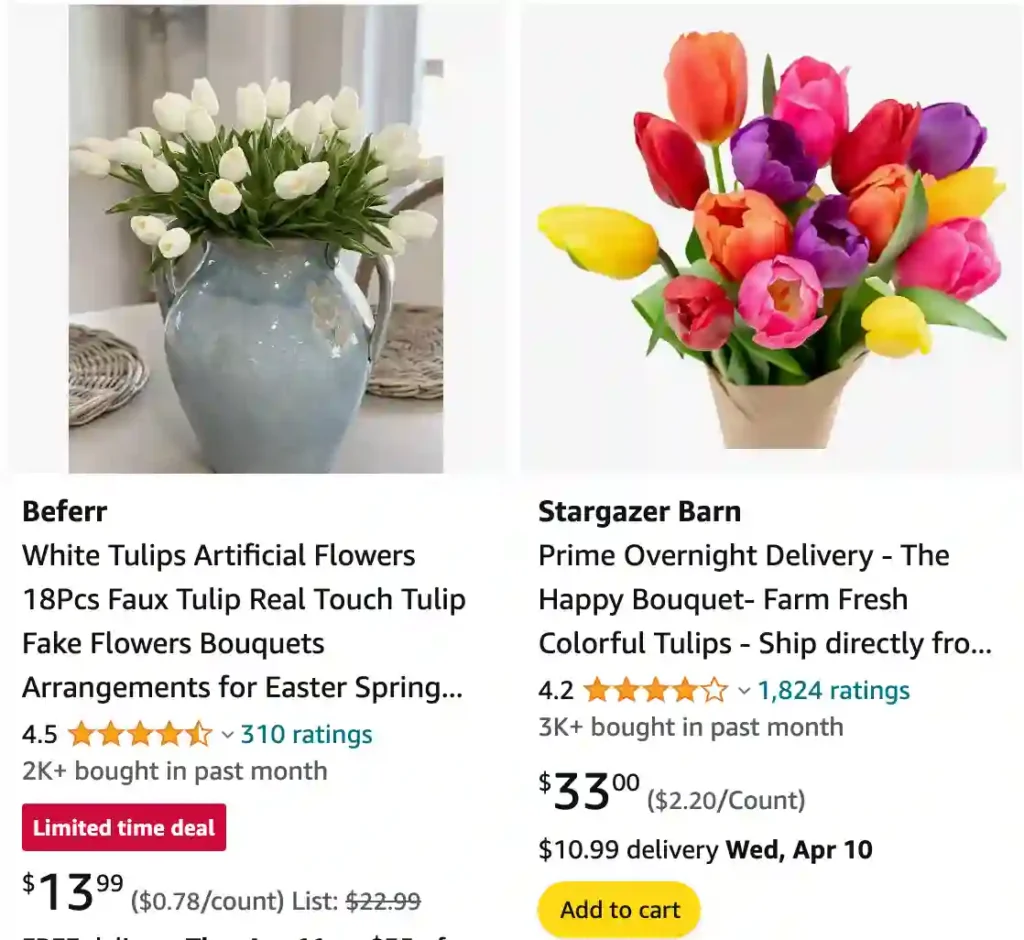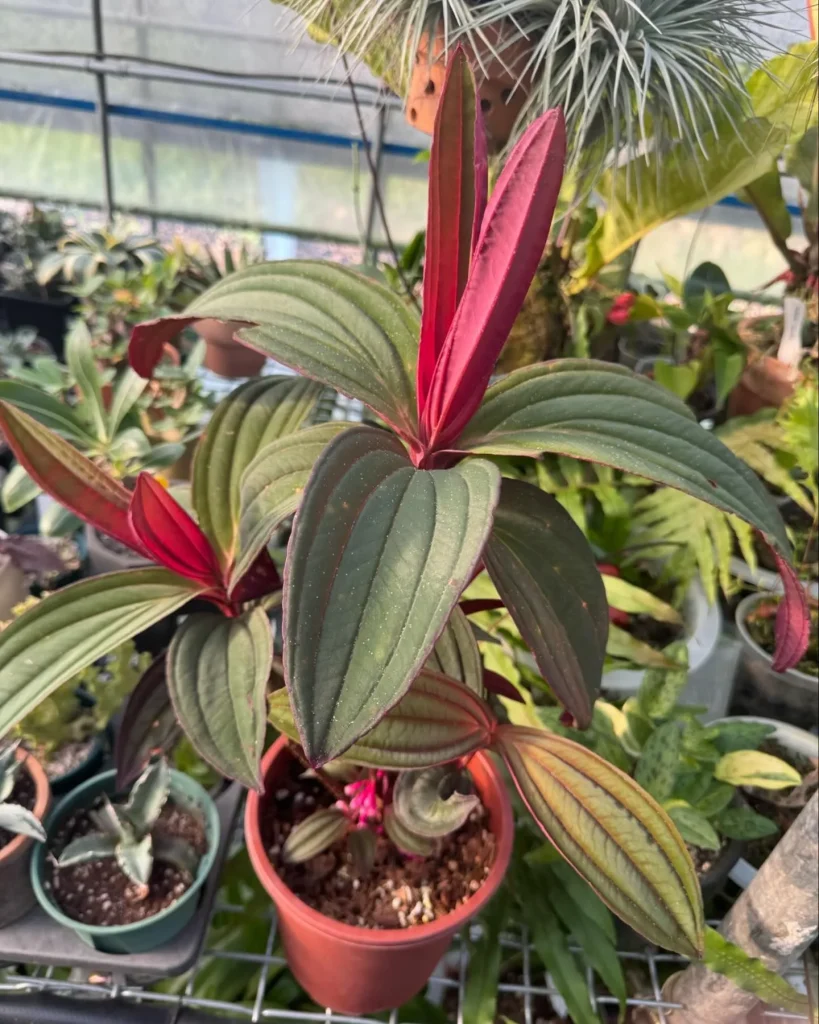
Tulips: A Floral Love Affair
The tulip. Just the word itself conjures images of vibrant colors, graceful shapes, and the promise of spring. As an avid gardener and lover of all things botanical, I, Ferb Vu, have always held a special fascination for these iconic flowers. Their history, diversity, and sheer beauty never cease to amaze me.
A Brief History of Tulips
Originating from Central Asia, tulips have journeyed through centuries and continents, leaving their mark on cultures and gardens alike. They were first cultivated in Persia, where they were prized for their elegant form and rich symbolism. From there, they made their way to Turkey, becoming a symbol of the Ottoman Empire.
It was in the 16th century that tulips arrived in Europe, sparking a phenomenon known as “Tulip Mania” in the Netherlands. This period saw tulip bulbs become incredibly valuable, traded at exorbitant prices. Although the bubble eventually burst, the Dutch love affair with tulips endured, and the Netherlands remains the world’s leading producer of these beautiful blooms.
The Diversity of Tulipa
The genus Tulipa is a member of the lily family, Liliaceae, and boasts a remarkable diversity of species and cultivars. They range in color from the purest white to the deepest purple, with countless shades and combinations in between. Some varieties even display intricate patterns and markings, adding to their allure. Here are:
- Tulipa agenensis Redouté
- Tulipa akamasica Christodoulou, Hand & Charalamb.
- Tulipa albanica Kit Tan & Shuka
- Tulipa alberti Regel
- Tulipa aleppensis Boiss. ex Regel
- Tulipa altaica Pall. ex Spreng.
- Tulipa anisophylla Vved.
- Tulipa annae J.de Groot & Zonn.
- Tulipa armena Boiss.
- Tulipa auliekolica Perezhogin
- Tulipa bactriana J.de Groot & Tojibaev
- Tulipa banuensis Grey-Wilson
- Tulipa biflora Pall.
- Tulipa bifloriformis Vved.
- Tulipa boettgeri Regel
- Tulipa borszczowii Regel
- Tulipa botschantzevae S.N.Abramova & Zakal.
- Tulipa brinkii J.de Groot & Zonn.
- Tulipa butkovii Botschantz.
- Tulipa carinata Vved.
- Tulipa cinnabarina K.Perss.
- Tulipa clusiana Redouté Plant FAQs: Tulipa Clusiana – Lady Tulip
- Tulipa cretica Boiss. & Heldr.
- Tulipa cypria Stapf ex Turrill
- Tulipa dasystemon (Regel) Regel
- Tulipa dianaeverettiae J.de Groot & Zonn.
- Tulipa dubia Vved.
- Tulipa ferganica Vved.
- Tulipa foliosa Stapf
- Tulipa fosteriana W.Irving
- Tulipa gesneriana L. Plant FAQs: Tulipa Gesneriana
- Tulipa greigii Regel Plant FAQs: Tulipa Greigii
- Tulipa harazensis Rech.f.
- Tulipa heteropetala Ledeb.
- Tulipa heterophylla (Regel) Baker
- Tulipa heweri Raamsd.
- Tulipa hissarica Popov & Vved.
- Tulipa hoogiana B.Fedtsch.
- Tulipa humilis Herb. Plant FAQs: Tulipa Humilis
- Tulipa hungarica Borbás Plant FAQs: Tulipa Hungarica
- Tulipa iliensis Regel
- Tulipa ingens Hoog
- Tulipa intermedia Tojibaev & J.de Groot
- Tulipa ivasczenkoae Epiktetov & Belyalov
- Tulipa jacquesii Zonn.
- Tulipa julia K.Koch
- Tulipa kaufmanniana Regel
- Tulipa kolbintsevii Zonn.
- Tulipa kolpakowskiana Regel
- Tulipa korolkowii Regel
- Tulipa kosovarica Kit Tan, Shuka & Krasniqi
- Tulipa koyuncui Eker & Babaç
- Tulipa kuschkensis B.Fedtsch.
- Tulipa lanata Regel
- Tulipa lehmanniana Merckl.
- Tulipa lemmersii Zonn., Peterse & J.de Groot
- Tulipa linifolia Regel
- Tulipa lorestanica Rukšāns & Zubov
- Tulipa luanica Millaku
- Tulipa mongolica Y.Z.Zhao
- Tulipa montana Lindl.
- Tulipa narcissicum N.Y.Stepanova
- Tulipa orithyioides Vved.
- Tulipa orphanidea Boiss. ex Heldr.
- Tulipa ostrowskiana Regel
- Tulipa persica (Lindl.) Sweet
- Tulipa platystemon Vved.
- Tulipa praestans H.B.May
- Tulipa regelii Krasn.
- Tulipa salsola Rukšāns & Zubov
- Tulipa sarvestanica Alipour & Majidi
- Tulipa saxatilis Sieber ex Spreng.
- Tulipa scardica Bornm.
- Tulipa schachimardanica Khalk.
- Tulipa scharipovii Tojibaev
- Tulipa schmidtii Fomin
- Tulipa serbica Tatic & Krivošej
- Tulipa sinkiangensis Z.M.Mao
- Tulipa sosnowskyi Achv. & Mirzoeva
- Tulipa sprengeri Baker
- Tulipa suaveolens Roth
- Tulipa subquinquefolia Vved.
- Tulipa sylvestris L. Plant FAQs: Tulipa Sylvestris – Woodland Tulip
- Tulipa systola Stapf
- Tulipa talassica Lazkov
- Tulipa tarda Stapf
- Tulipa tetraphylla Regel
- Tulipa toktogulica B.D.Wilson & Lazkov
- Tulipa × tschimganica Botschantz.
- Tulipa turgaica Perezhogin
- Tulipa turkestanica (Regel) Regel
- Tulipa ulophylla Wendelbo
- Tulipa undulatifolia Boiss.
- Tulipa uniflora (L.) Besser ex Baker
- Tulipa uzbekistanica Botschantz. & Sharipov
- Tulipa vvedenskyi Botschantz.
- Tulipa zonneveldii J.de Groot & Tojibaev
Can you plant tulips in the spring?
Planting tulips in the spring, I found that it’s actually best to plant them in the fall for optimal blooming, as they need a period of cold to thrive.
Do deer eat tulips?
In my garden, deer seem to avoid tulips, possibly because of their bitter taste or strong scent, which I’ve seen them bypass for other plants.
How to arrange tulips?
Arranging tulips in a vase, I discovered that cutting the stems at an angle and keeping them in a mix of cold water with a bit of flower food keeps them looking fresh and vibrant.
Where to buy tulips near me?
I usually buy tulips from local garden centers or farmers’s markets, which often have the freshest and most diverse selection right when I need them.
How to put tulips in a vase?
When putting tulips in a vase, I’ve had the best results by filling it with clean, room-temperature water and changing the water daily to extend their bloom.
Do rabbits eat tulips?
Rabbits in my garden have never shown much interest in tulips, unlike other plants which they tend to munch on.
How often to water tulips?
I’ve found that tulips need watering when the top inch of soil feels dry, but overwatering can cause the bulbs to rot, so it’s a delicate balance.
What does the tulip mean?
The tulip, to me, represents perfect love and renewal, and seeing them bloom always feels like a fresh start.
Do tulips close at night?
Tulips don’t seem to close completely at night in my experience, but they do become a bit less upright, which gives them a softer look.
Can i grow tulips indoors?
Growing tulips indoors, I’ve successfully forced bulbs in pots, keeping them in a cool, dark place until they sprout, then moving them to a bright spot.
How long does tulips bloom?
Tulip blooms in my garden typically last for about 1-2 weeks, depending on the weather and the variety.
How to grow tulips in water?
I’ve tried growing tulips in water, and while it’s a fun experiment, they generally need a soil medium for long-term growth and to develop strong roots.
Can tulips survive frost?
Tulips can survive light frost, but in my experience, hard freezes can damage the blooms, so covering them during extreme weather is a good idea.
Do squirrels eat tulip bulbs?
Squirrels seem to have a taste for tulip bulbs in my yard, often digging them up despite my attempts to deter them with various remedies.
Tulip vs Rose
When it comes to tulips versus roses, I’ve found that tulips give a cleaner, simpler look that brightens up my garden with their vibrant colors, while roses have always added a touch of classic elegance and fragrance that makes my yard feel more luxurious.
Tulip vs Lily
Tulips versus lilies have shown me that tulips tend to bring a cheerful burst of color early in the spring, whereas lilies, with their tall and graceful blooms, often surprise me with their exotic allure and rich scent that lingers well into summer.
Tulip vs Daffodil
I’ve noticed that tulips can be more delicate and require a bit more care, whereas daffodils are incredibly resilient and often surprise me with their bright, sunny blooms even in less-than-ideal conditions.
Tulip vs Poppy
Tulips and poppies each have their charm, but I’ve found that tulips offer a more uniform and predictable blooming experience, while poppies add an unpredictable and wild beauty to my garden with their unique, crinkled petals and fleeting appearance.
Tulip vs Arminianism
Comparing tulips with Arminianism is a bit unconventional, but I’ve found that the structured and predictable nature of tulips is quite different from the complex, philosophical debates of Arminianism, which always leave me pondering deeper questions.
Tulip vs Crocus
In my experience, tulips bring a bold splash of color that stands out beautifully, whereas crocuses, with their early, delicate blooms, offer a subtle but equally welcome sign that spring is on its way.
Tulip vs Daisy
Tulips are my go-to for a striking visual impact, but daisies provide a charming, down-to-earth simplicity that brightens up any spot with their cheerful, unassuming presence.
Tulip vs Magnolia Tree
Tulips versus magnolia trees show me a stark contrast in scale and presence—while tulips offer a quick burst of color and beauty, magnolia trees impress with their grand size and stunning, fragrant blossoms that make a lasting impression in my garden.
If i die, water my plants!



